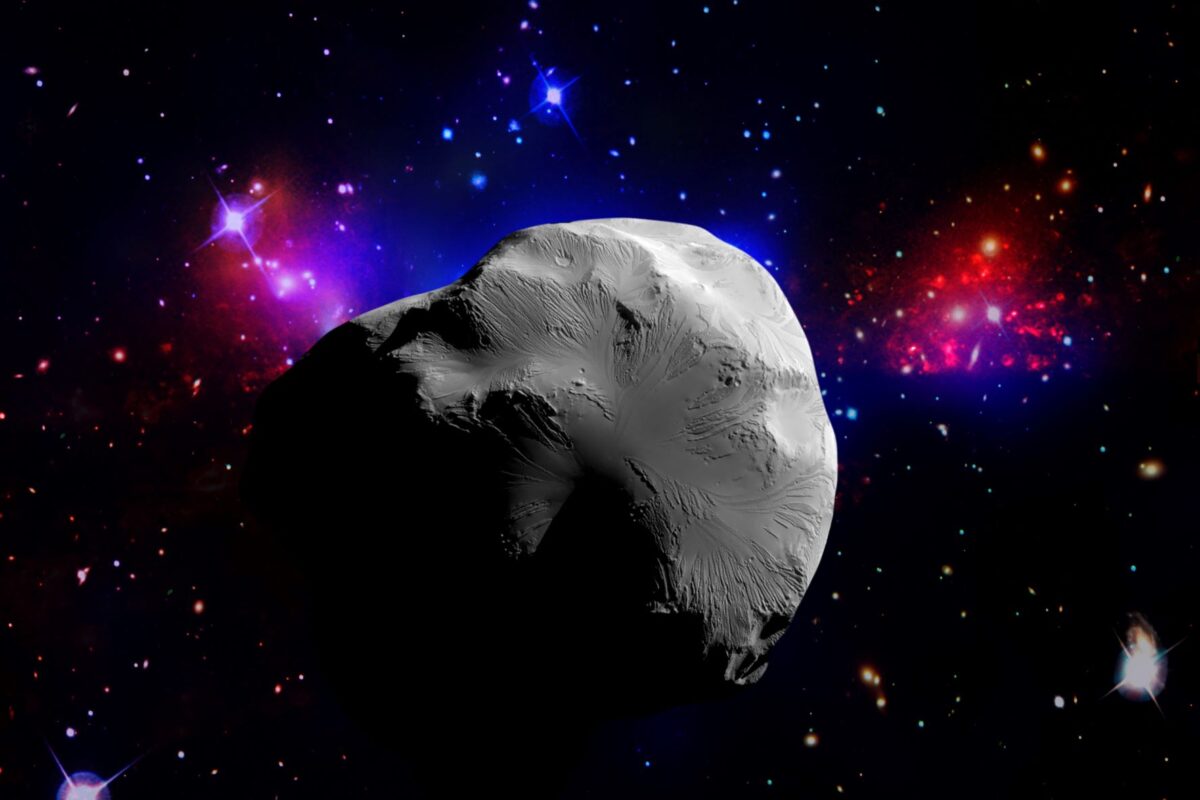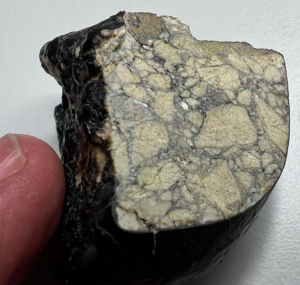OU News
News from The Open University
- Home
- OU researchers help to solve major planetary science mystery
OU researchers help to solve major planetary science mystery
Posted on • Science, maths, computing and technology

A researcher at The Open University (OU) has made strides in cracking an ongoing space unknown by discovering fragments of planets thought to be long gone.
A lack of olivine (a magnesium iron silicate mineral that is a major component of the Earth’s upper mantle) dominated material in the asteroid belt and in our recorded meteorite samples has led to what is known in planetary science as the Great Dunite Shortage or the Missing Mantle Problem.
The conundrum has led to confusion in the number of planets that formed in the Solar System but also the nature of planet formation, for example, the theory that maybe the mantles of planets are not the same as Earth and are dominated by pyroxene (minerals commonly found in many igneous and metamorphic rocks) not olivine.
However, this latest study, published today in the Icarus journal, shows that olivine-rich materials may have been hiding in plain sight, and there may be more mantle-like material than we previously thought. This takes planetary science forward a massive step in solving the conundrum.
Ben Rider-Stokes, lead author of the research and Post Doctoral Researcher in Achondritic Meteorites at the OU, explained how they made the discovery:
“Light (from the sun) is reflected off asteroids and can be measured here on Earth, providing a unique spectrum based on the minerals present on the surface. The team and I compared this spectrum with that of a meteorite, measured in a laboratory, to evaluate the link between the two and help us to figure out what minerals are present on the asteroid.”
The uptick of meteorite finds in deserts, due to their financial incentive, is rapidly increasing the number of known extra-terrestrial materials. These discoveries allow research like Ben’s to test previous hypotheses such as the Great Dunite Shortage.

An asteroid sample with large clasts of olivine. Credit: Ben Rider-Stokes
The team measured four olivine-rich materials and evaluated their spectroscopic (the study of the absorption and emission of light and other radiation by matter) signatures. Light bounced off asteroids produces wavelengths of specific troughs and peaks, indicative of specific minerals. They could then compare these lines to that of meteorites measured in the lab, allowing them to understand the mineralogy of the asteroid investigated.
This work demonstrates the importance in measuring a range of samples to better understand the surface mineralogy of asteroids, which is key prior to sample return missions such as Mars Moons eXploration (MMX), Hyabusa-1 & 2, OSIRIS-REx etc. Ben commented that otherwise “we may have to keep going back to the same type of asteroids!”
Ben continued:
“This study is a strong stepping stone towards solving a long-standing question in planetary science, ‘The Missing Mantle Problem’, where we have little evidence of mantle material across the Solar System. Future sample return missions to asteroids will help us determine whether we can accurately determine the mineralogy of asteroids through spectroscopy. This will, in turn, allow us to more easily target asteroids of interest for future planetary exploration missions.”
This research was funded by The Science Technology and Faculties Council (STFC), the full paper can be read in the Icarus Journal.